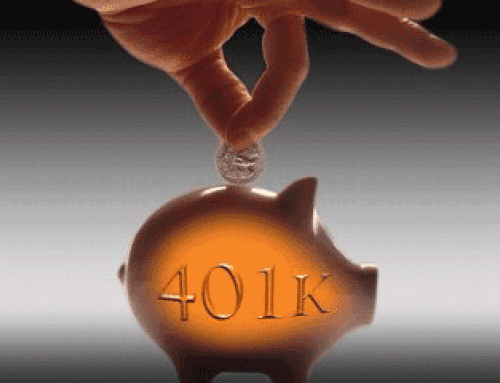What are Non-Performing Loans?
 Non-performing loans are those that borrowers are no longer making payments on. Generally, a loan is considered nonperforming if the borrower hasn’t made payments for 90 days. These types of loans are close to being considered in default, and on the verge of being written off and absorbed as a loss by the bank.
Non-performing loans are those that borrowers are no longer making payments on. Generally, a loan is considered nonperforming if the borrower hasn’t made payments for 90 days. These types of loans are close to being considered in default, and on the verge of being written off and absorbed as a loss by the bank.
A non-performing loan is one in which the bank considers the odds of actual repayment to be rather low. However, if the borrower does start making payments on the loan, even after the 90 days have passed, the loan is considered re-performing. A re-performing loan is considered a risk as well, since it’s possible that the borrower, having once stopped making payments, will stop making payments again.
How Do Nonperforming Loans Affect a Bank’s Health?
When a loan is made, it is actually considered an asset to the bank. Because it is an obligation that is expected to be paid back to the bank, with interest, a loan goes on the asset side of a bank balance sheet. However, if a borrower stops paying, the value of the asset declines. A non-performing loan (which is footnoted on the bank balance sheet) is indicative of an asset that has become riskier and could become a loss.
You can look at non-performing loans as a percentage of the bank’s total loan holdings to get an idea of how the health might be affected. As the percentage goes up, the more the bank’s health is effected. Some banks, with strong revenue or high capital reserves, can absorb some of the losses associated with defaults. However, other banks may not be able to absorb the decline in their loan portfolio. A rising number of nonperforming loans can indicate that a bank is approaching its tipping point.
For the most part, if a bank’s non-performing loans reach three percent of it’s loan holdings, it could mean that they are beginning to have problems in their loan portfolio. However, many banks can still absorb non-performing loans at this level. A real threat comes when they reach five percent, and banks with 10 percent or more of their loans classified as non-performing could be considered unsafe or unstable – especially if capital reserves are at a minimum.
What Can Banks Do?
In order to remove non-performing loans from their balance sheets, banks have some options. One of them, when the loan is secured, is to possess the property. This happens in the case of non-performing mortgage loans. The bank forecloses, and the property becomes real estate owned (REO) on the balance sheet. This way the bank now has an asset, and can hope to recoup some of the losses associated with a default.
Another option is to sell their non-performing loans to other banks, or to investors. The buyers of these loans hope to recover some of the money. It’s a risk, but one some are willing to take. The bank that sells these loans accepts a discount on the total value of the loans, but still recovers something – and the non-performing loans are moved off the balance sheet.
If you are interested in the health of your bank, one of the things to look for is non-performing loans. If it appears that a lot of the loans in the bank’s portfolio are on the verge of default, it could be an indication that the bank is in trouble.













Follow Us